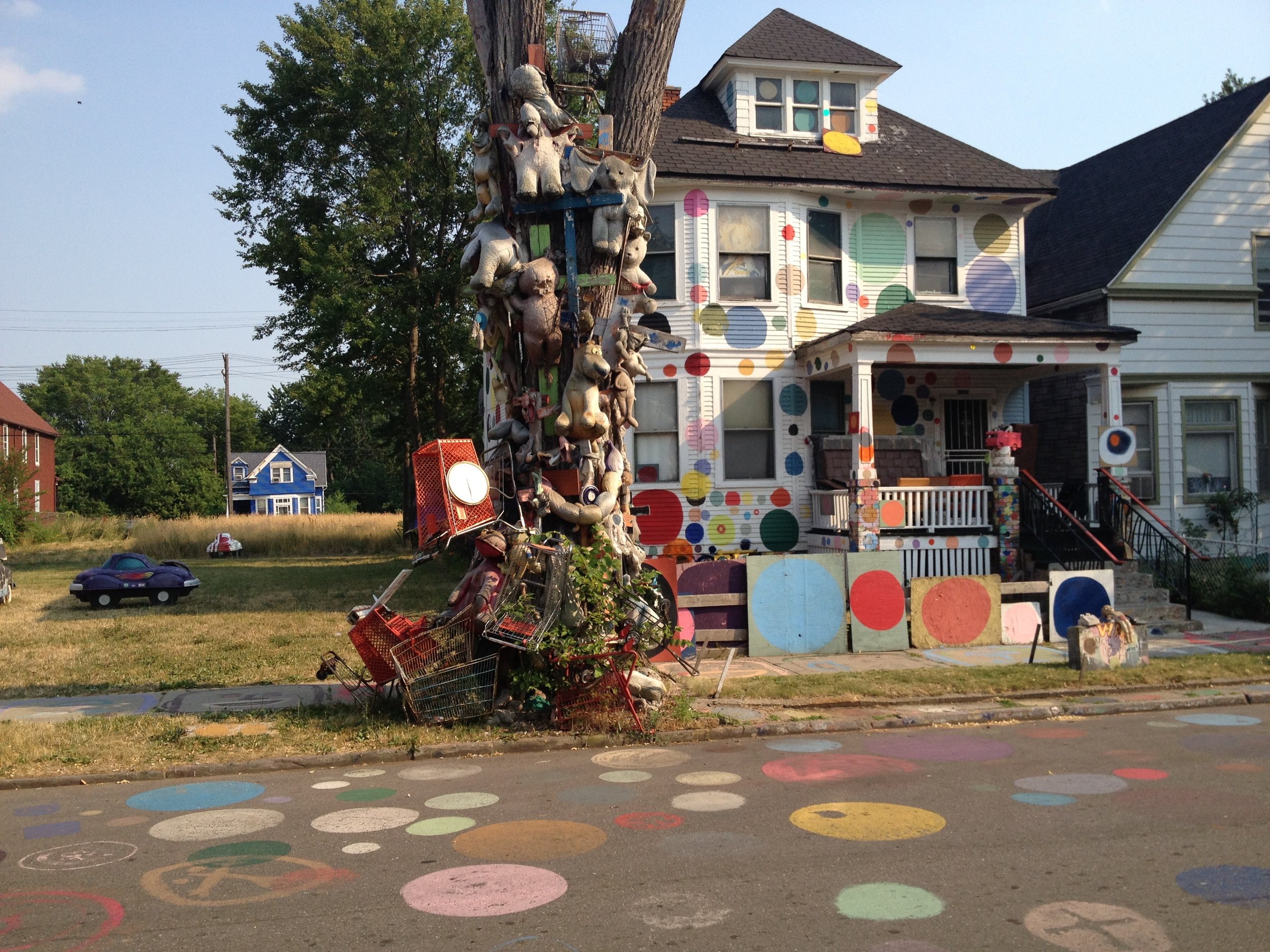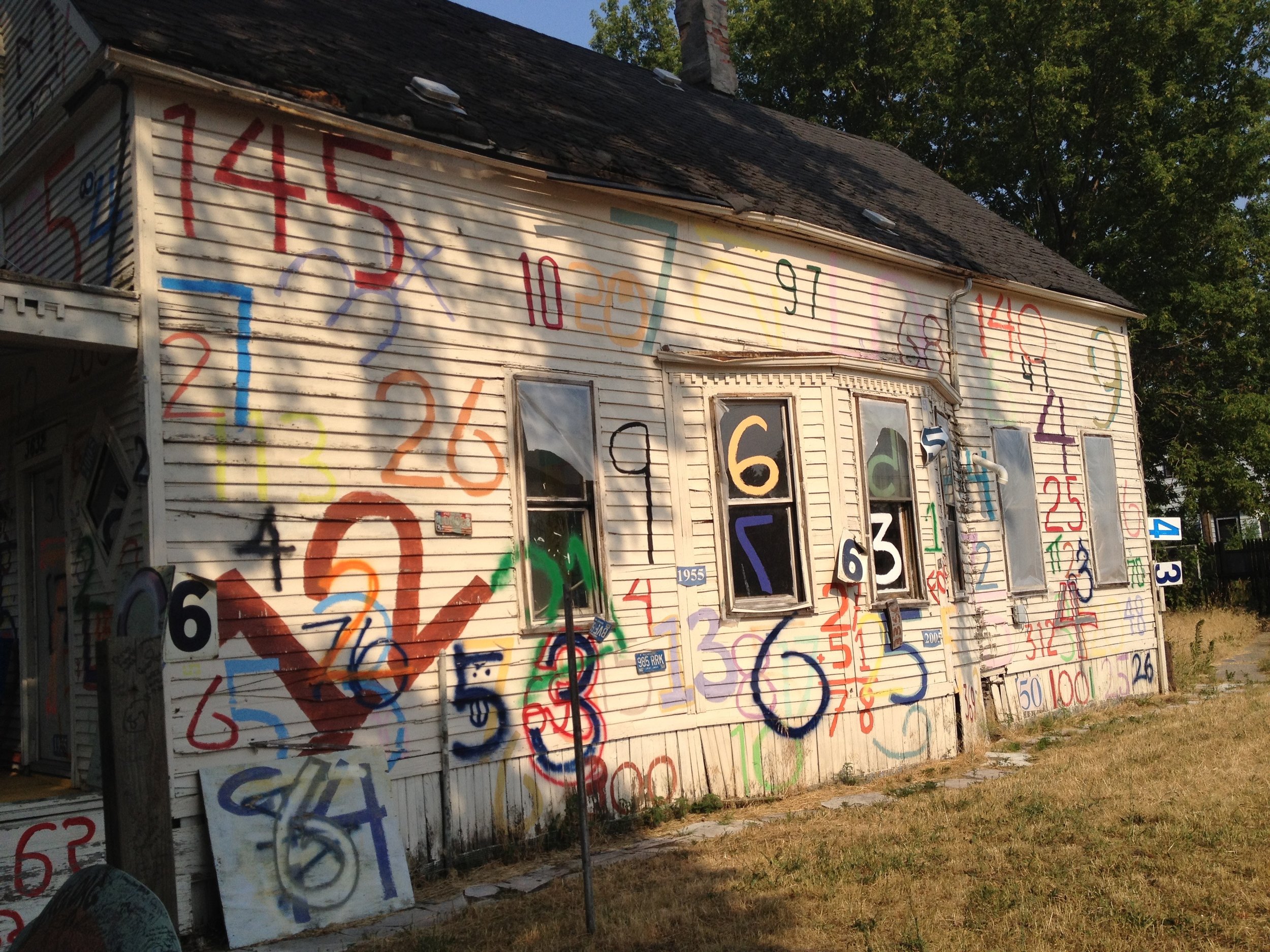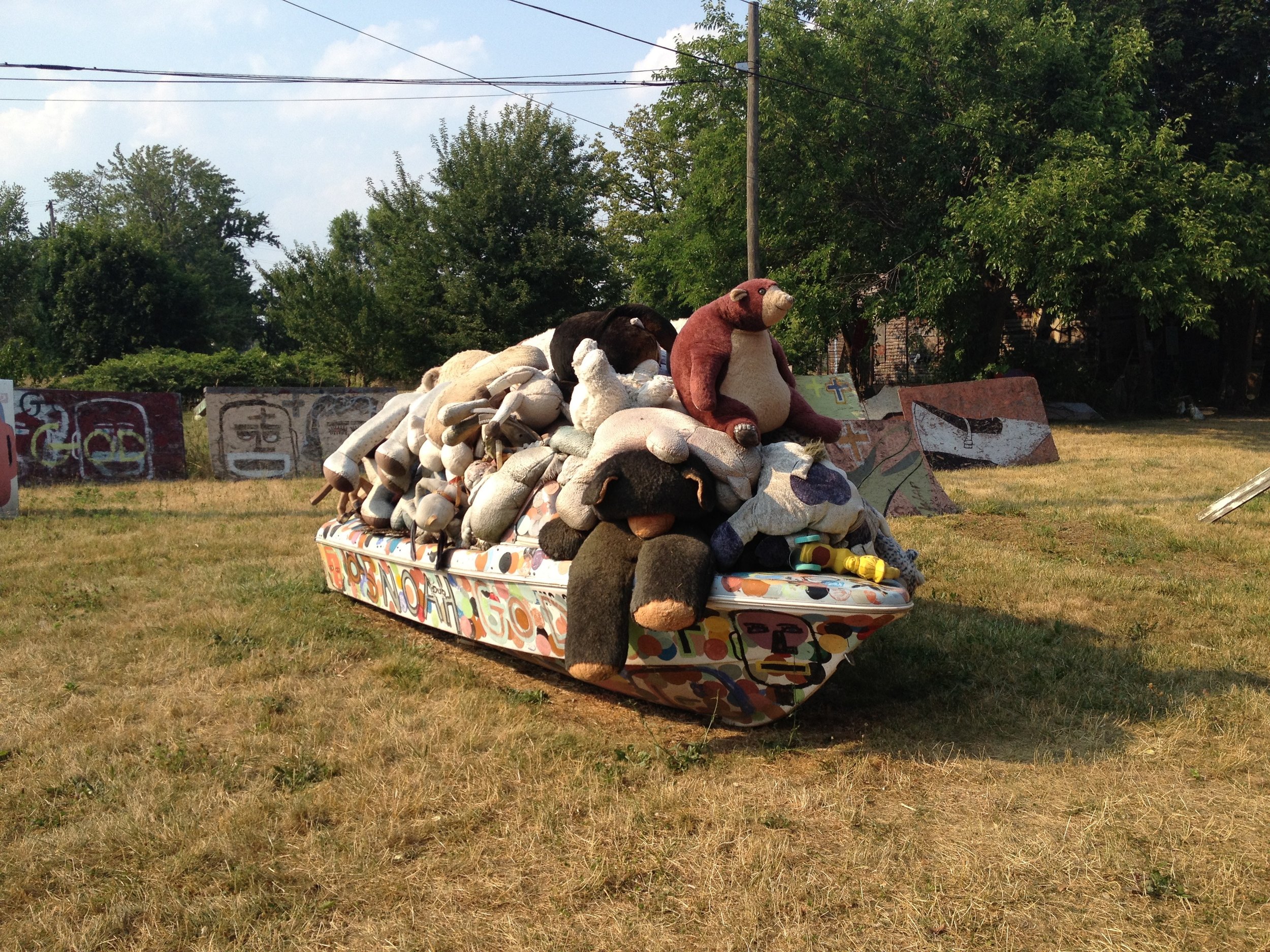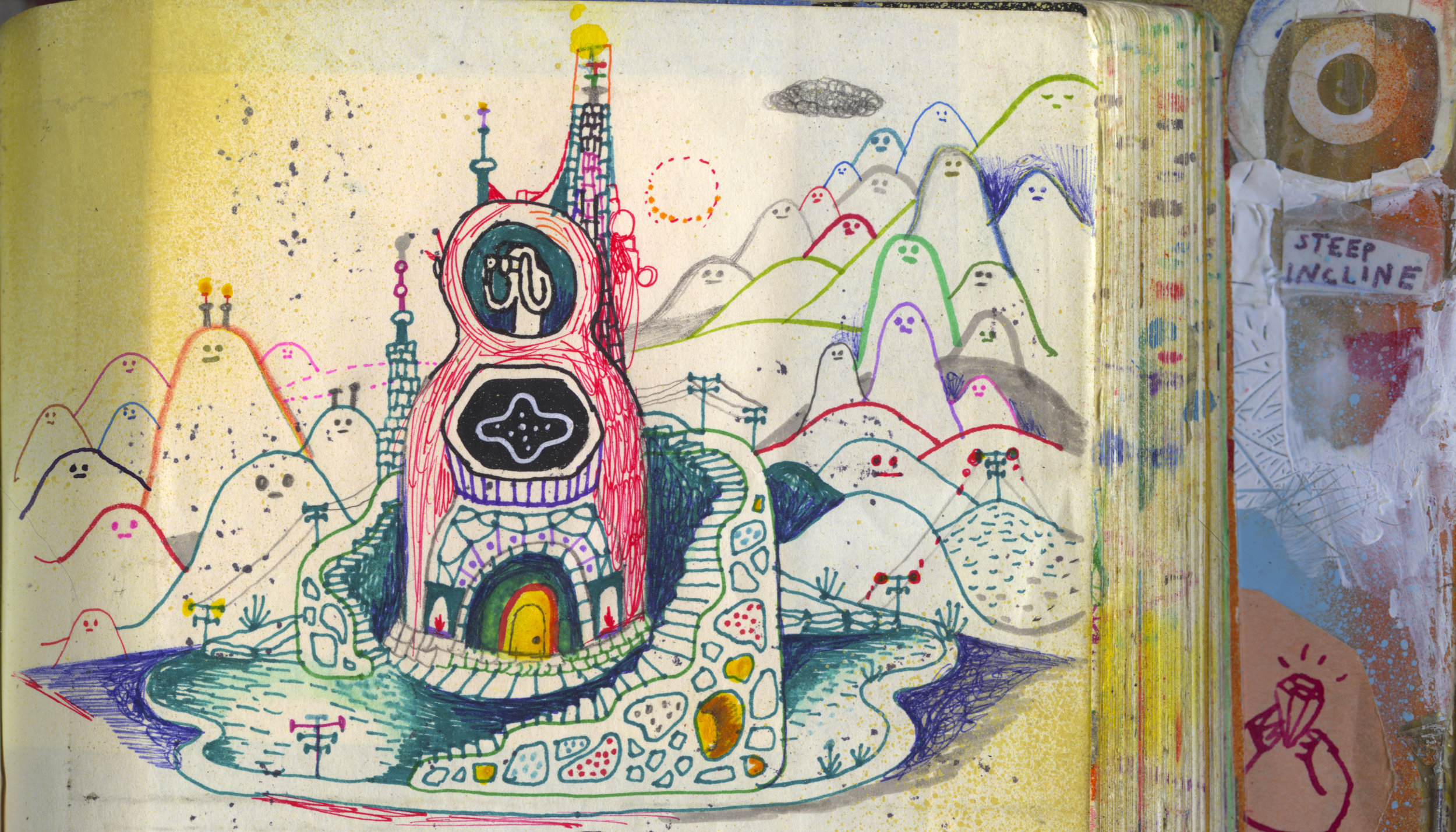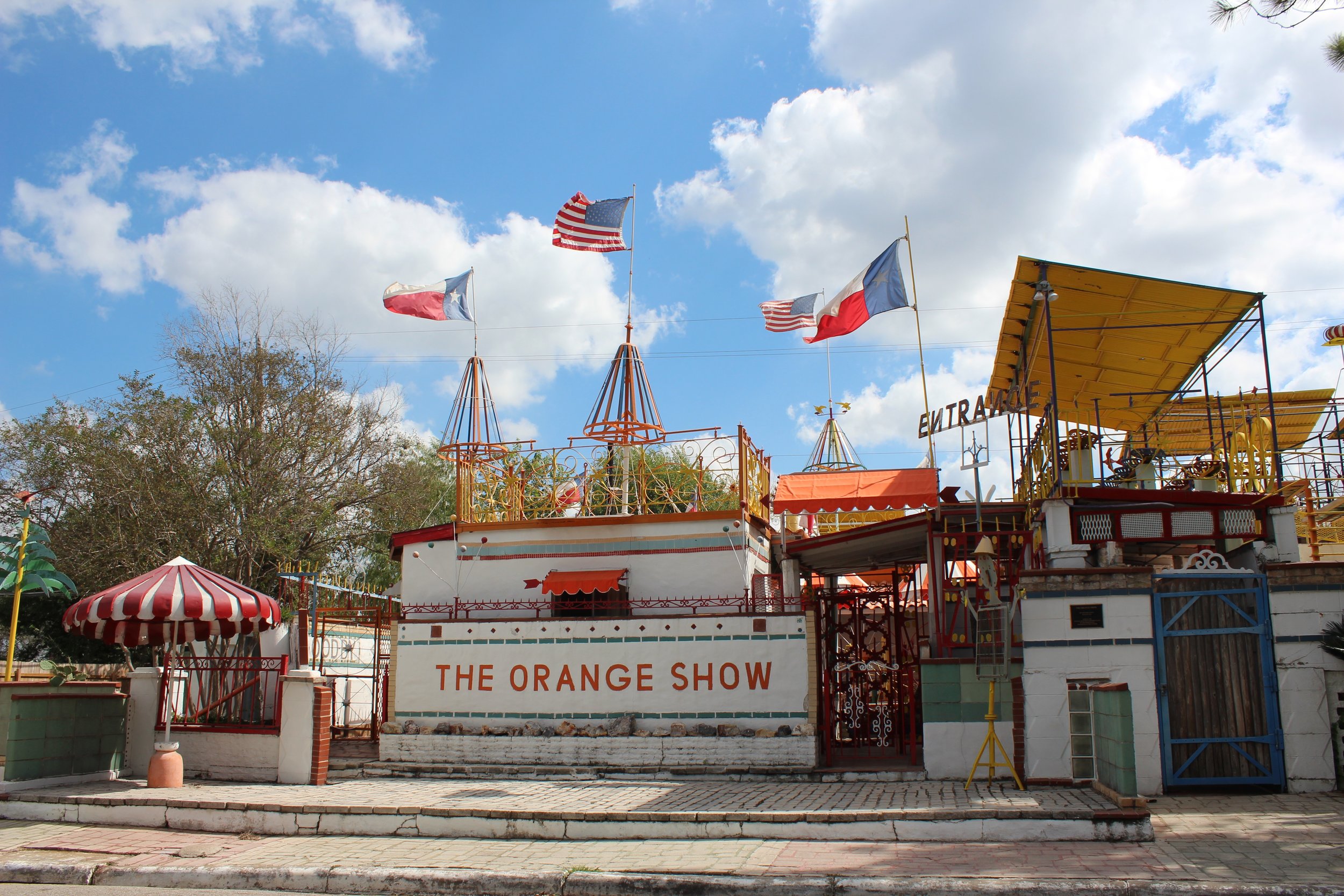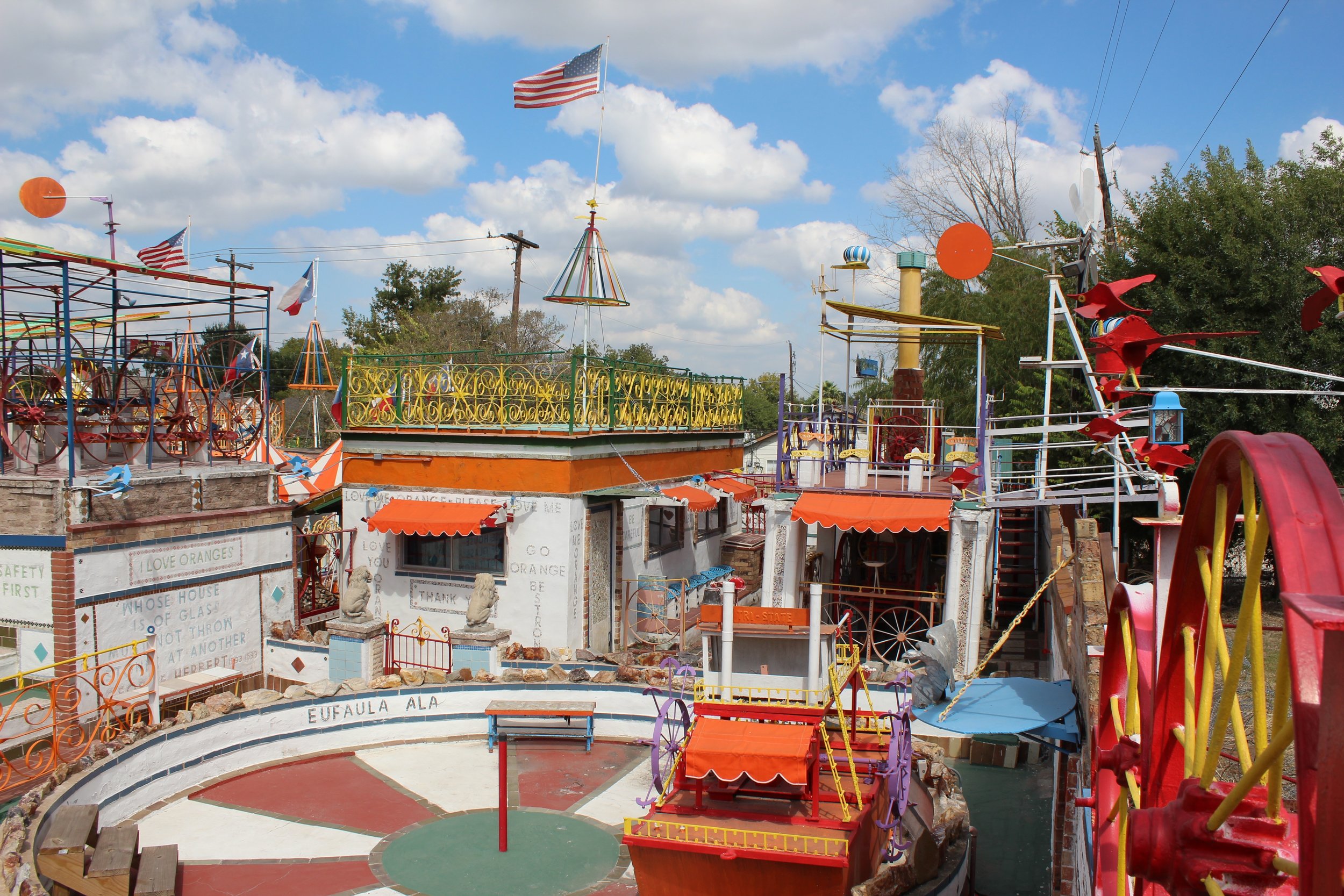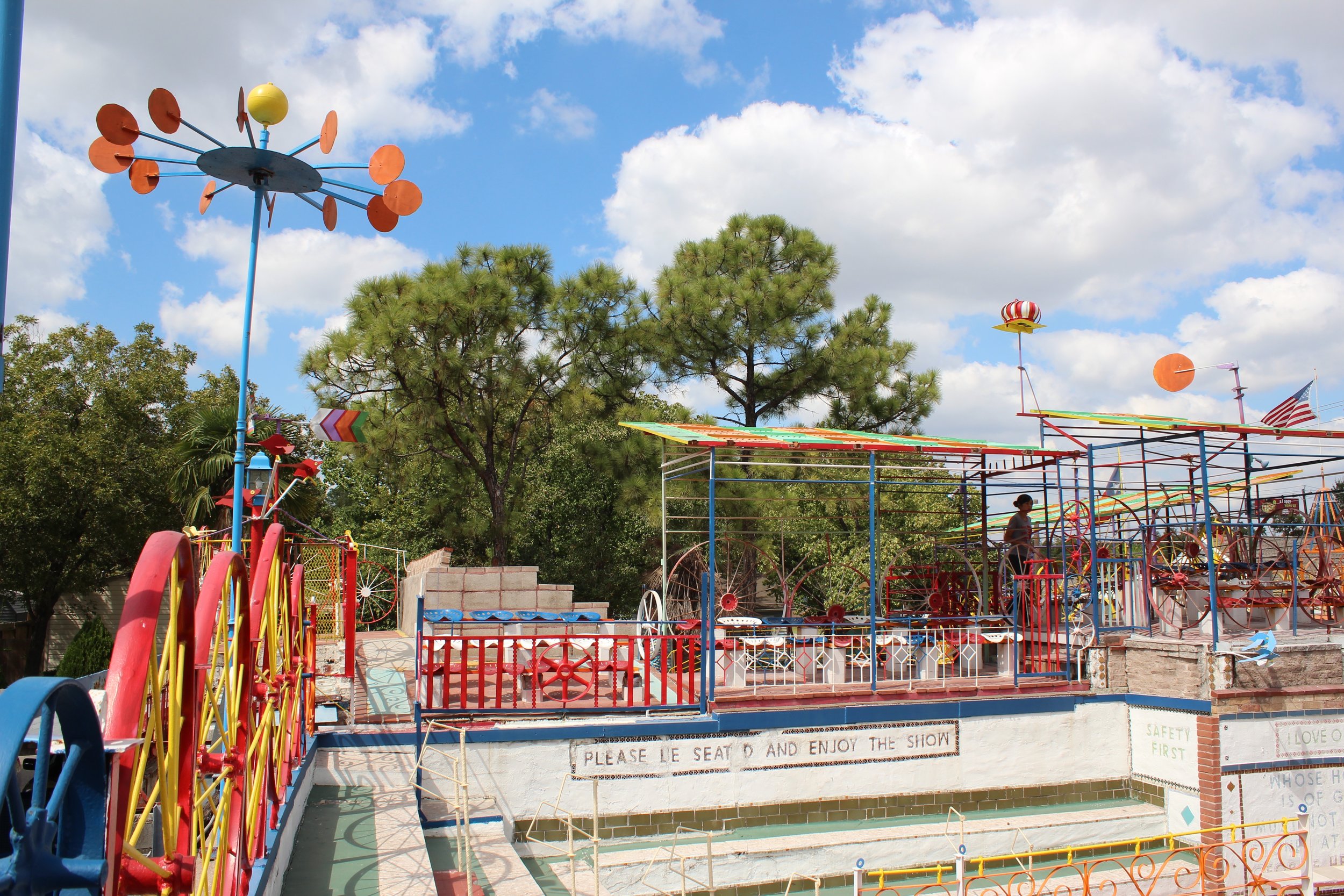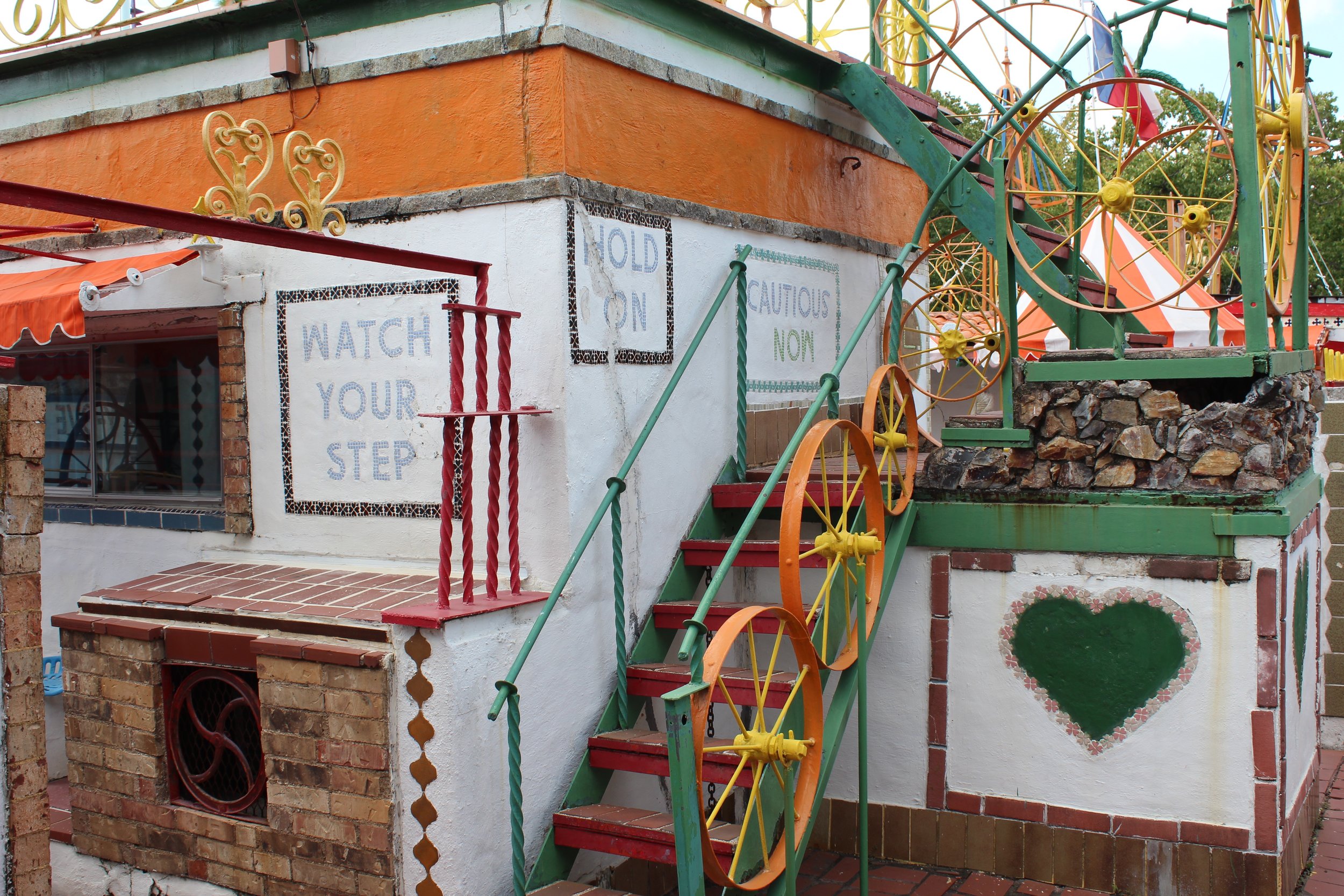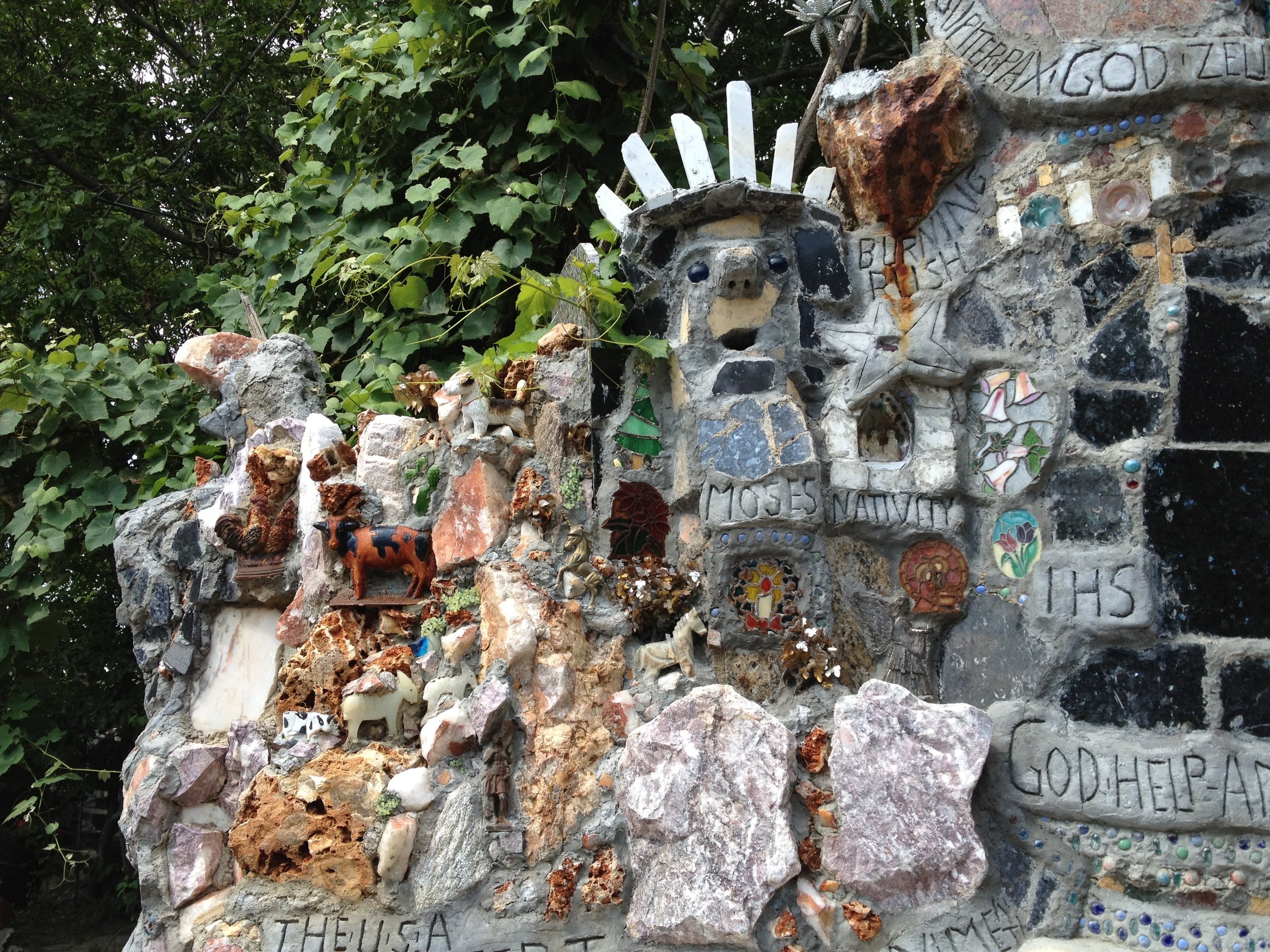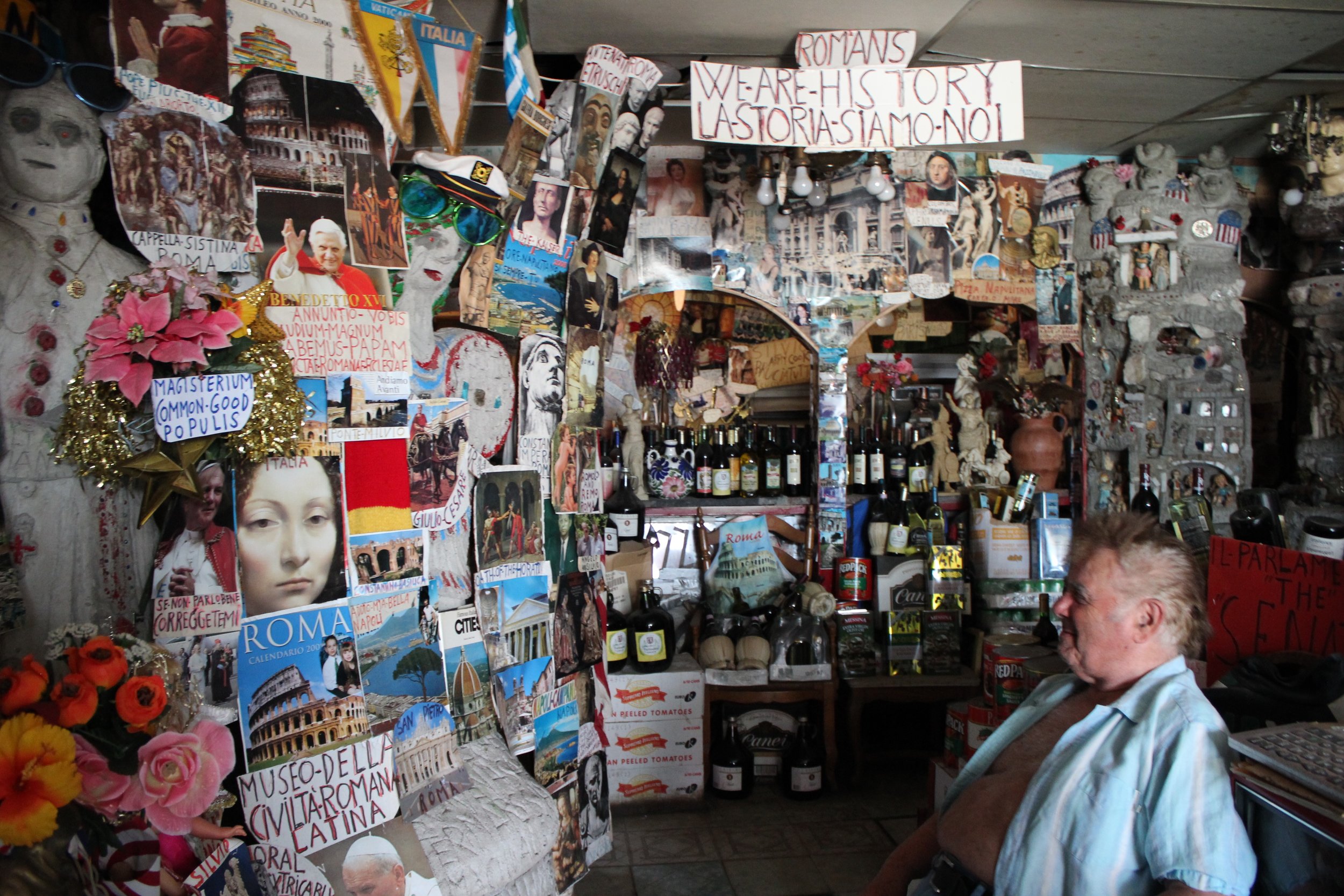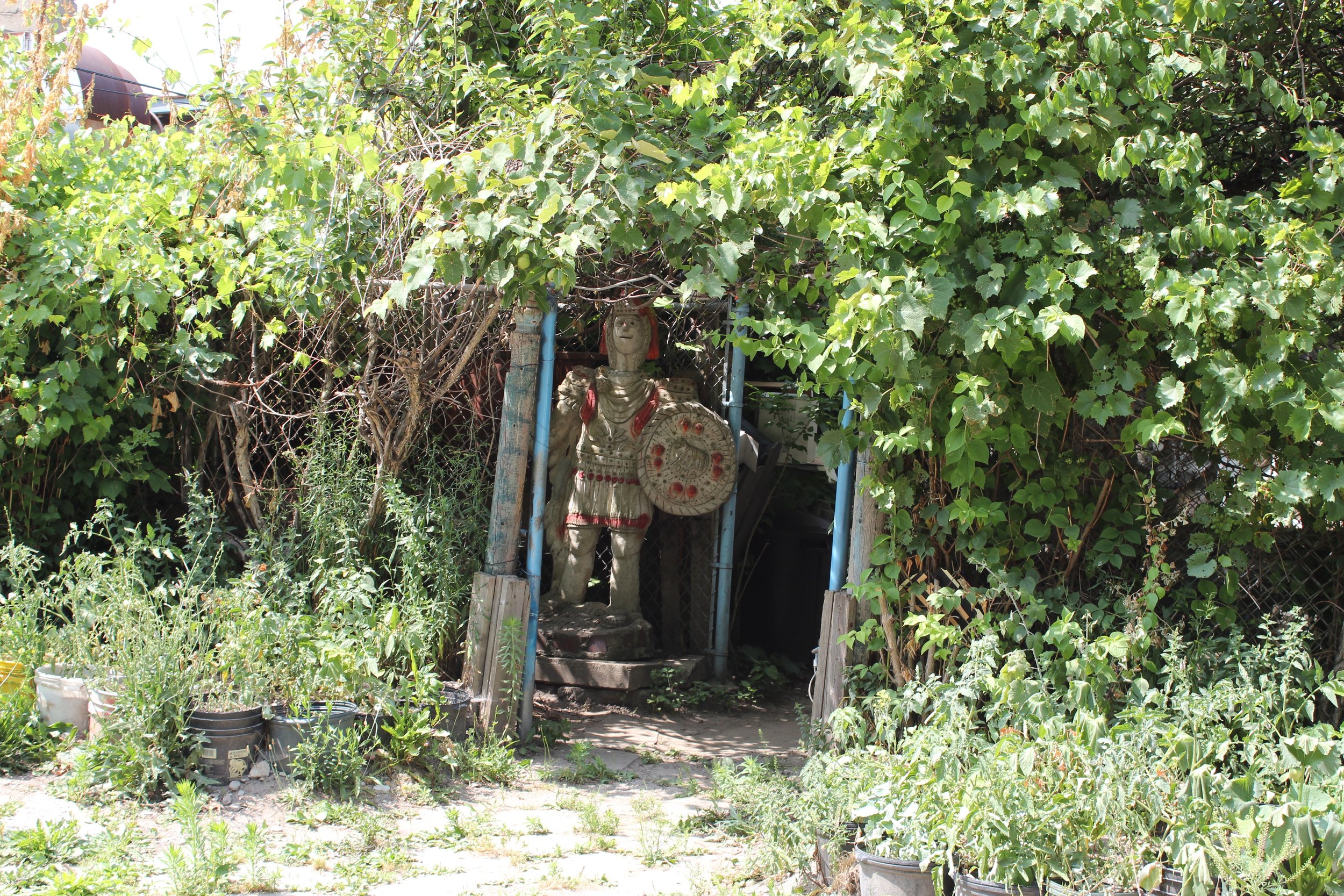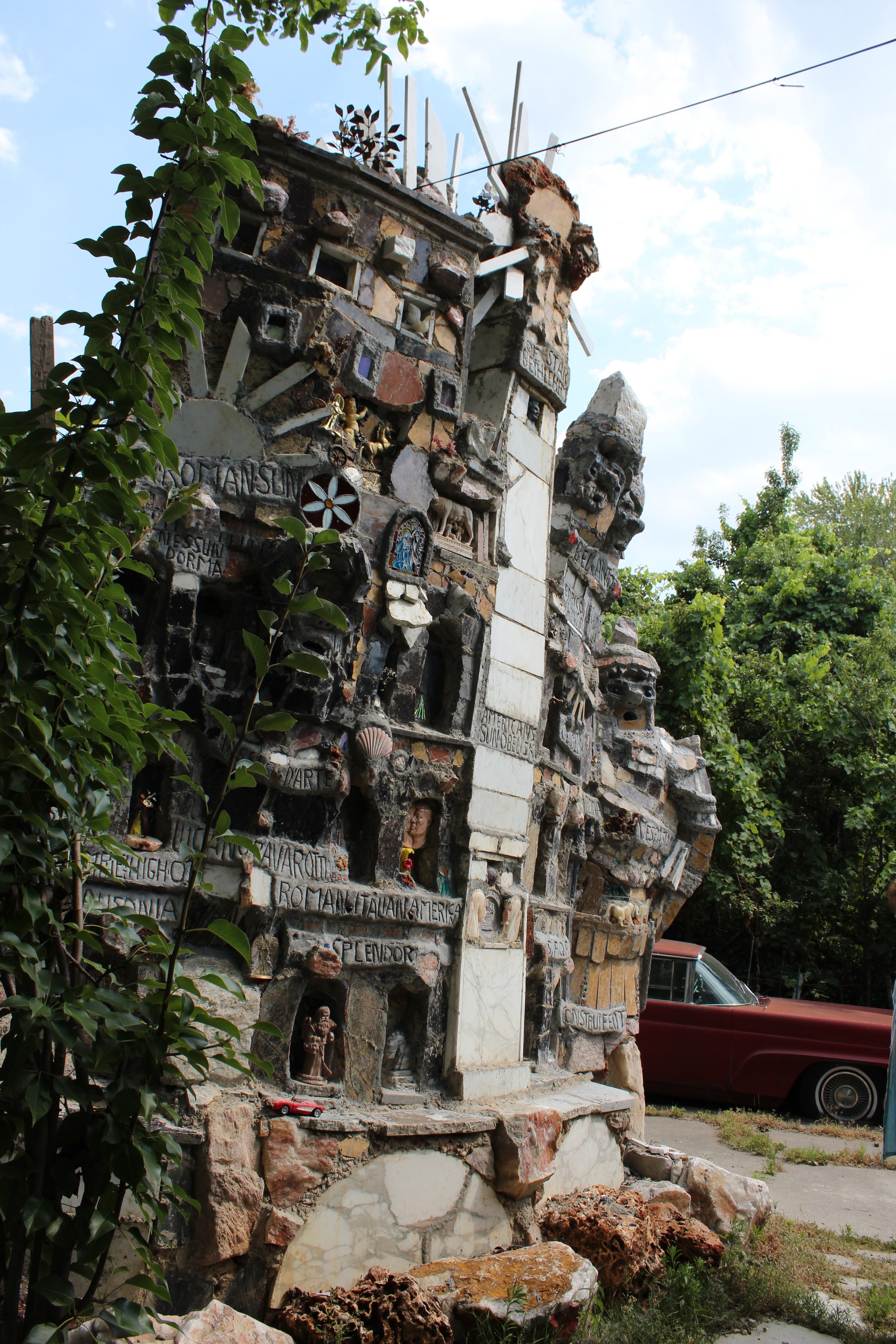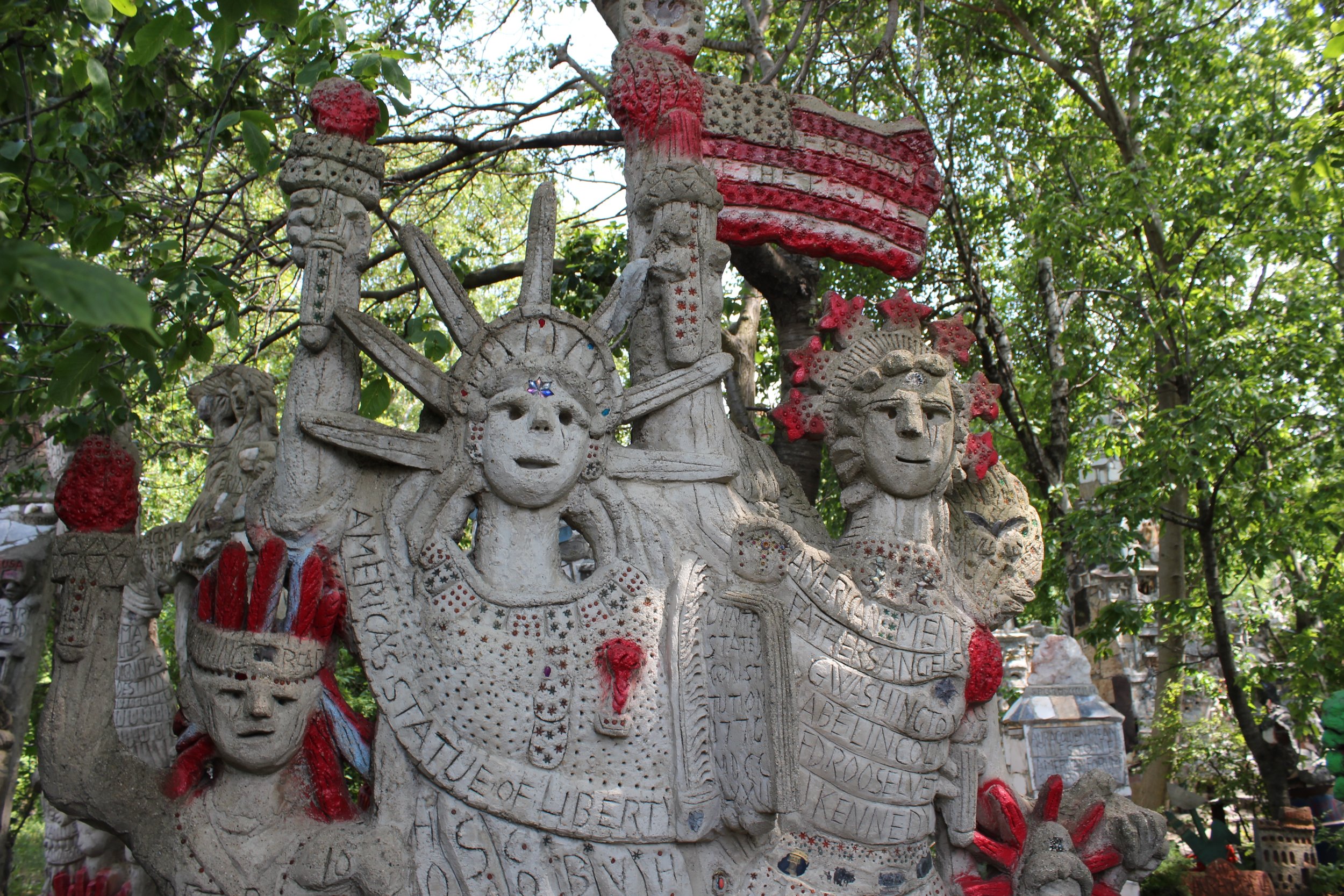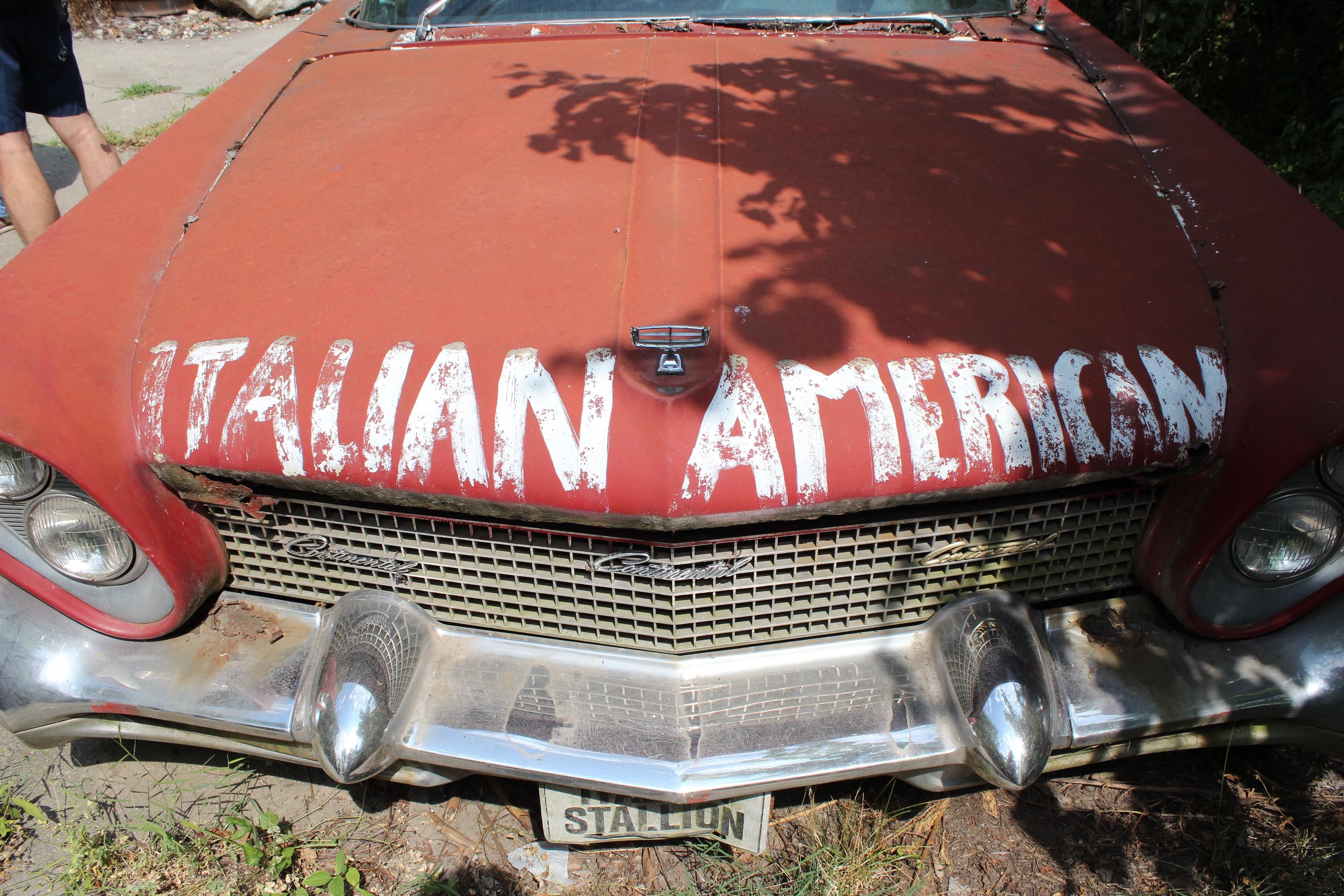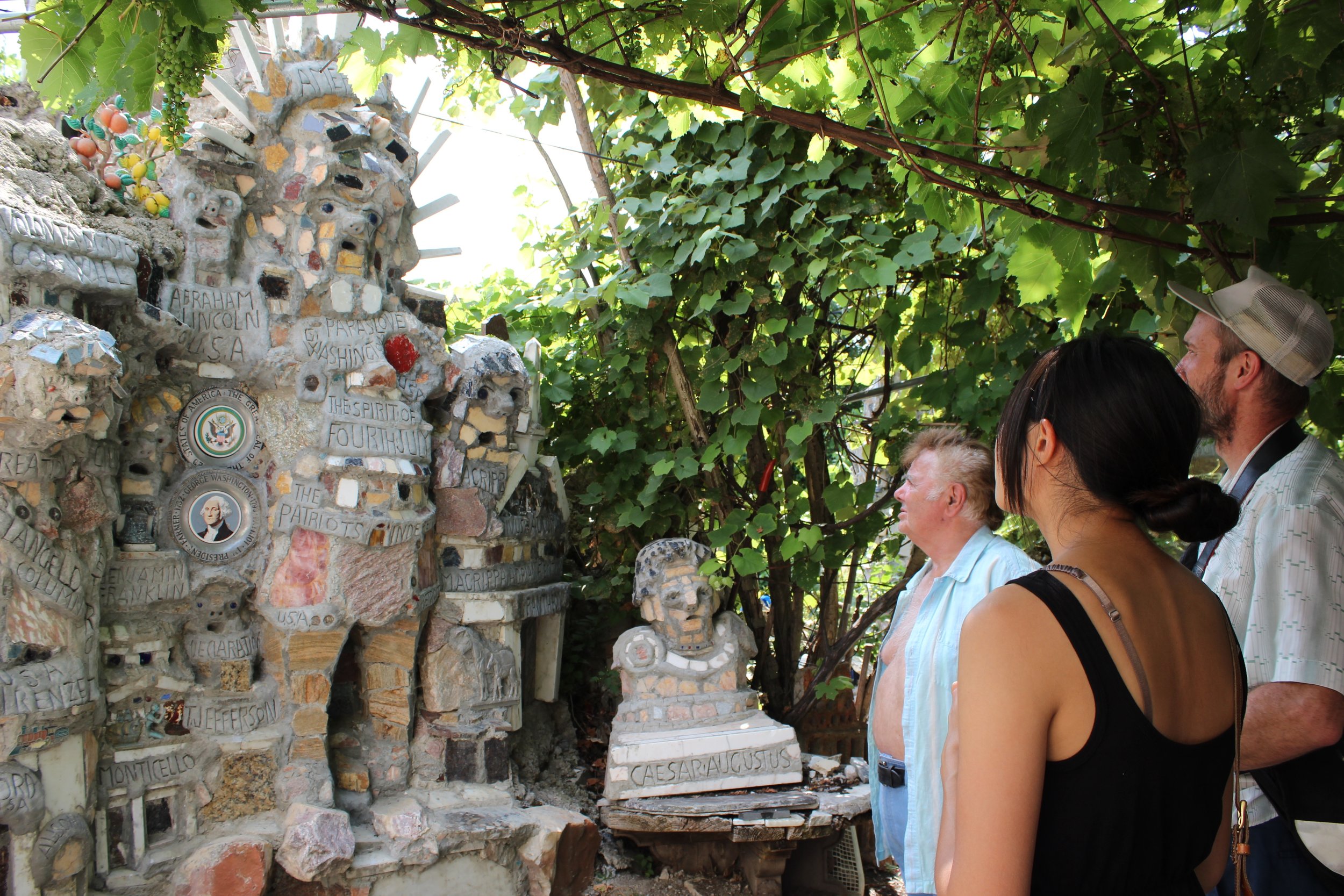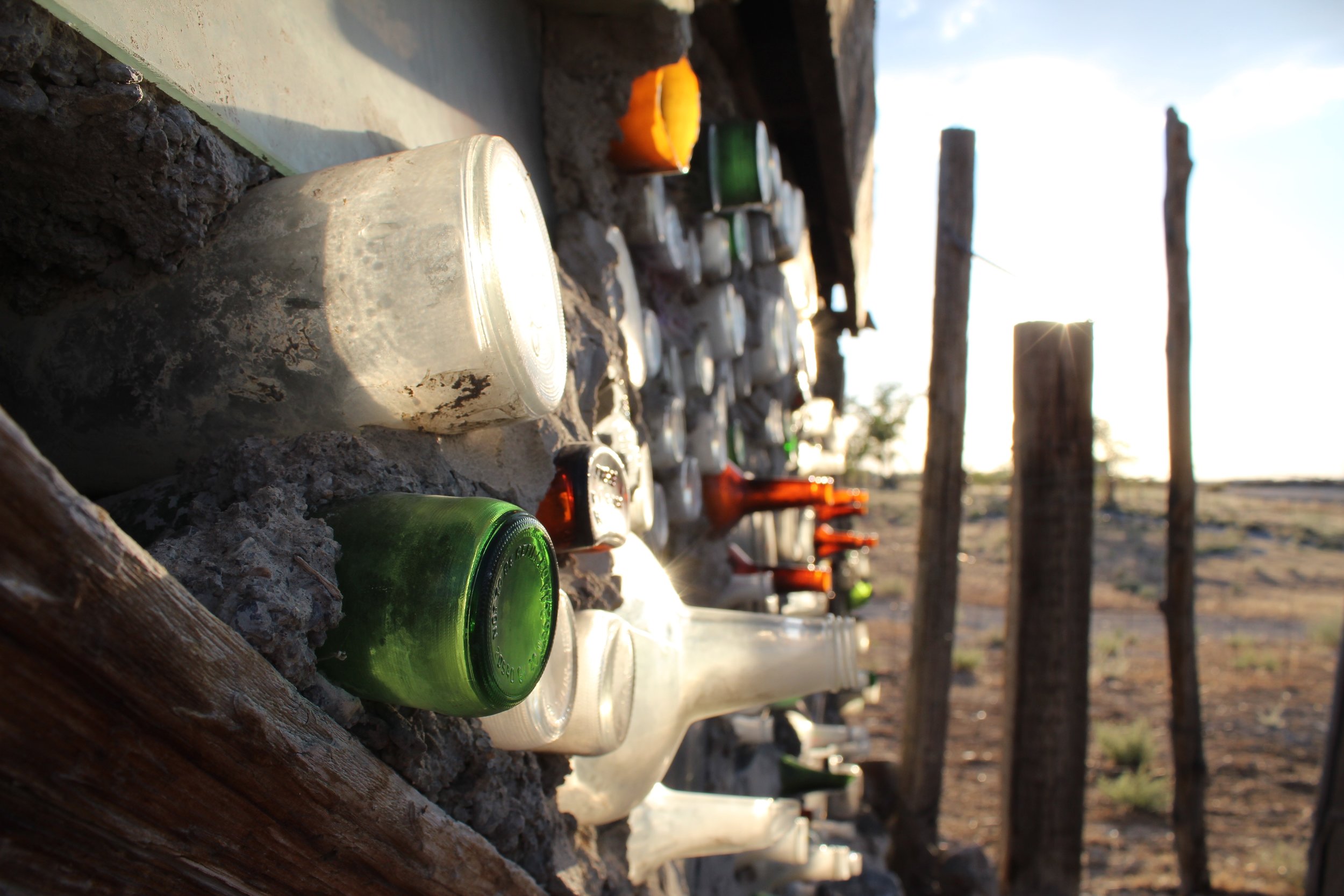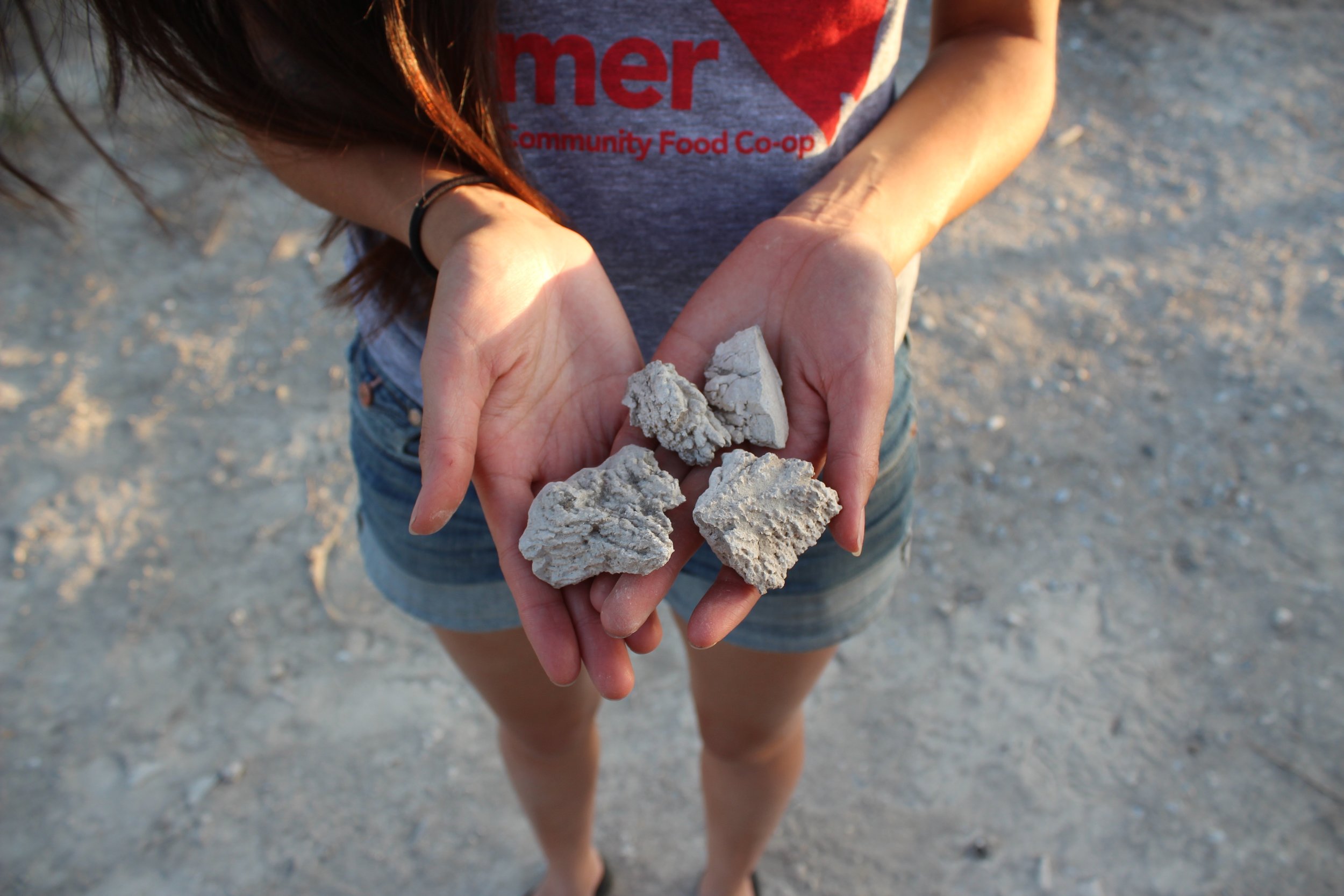A Floating Revolution
Stay Wild
Portland’s wettest protest party
Story by Justin “Scrappers” Morrison
Photos courtesy of Human Access Project
There is a revolution floating through Portland Oregon. Some call it a “Riverlution”. Most call it The Big Float. Every summer since 2010 a vibrant rainbow of people and inflatable animals have been gathering on the shores of the Willamette to float on the idea that Portland is actually in love with it’s river and all the life it sustains, including mermaids!
“I am a sucker for mermaids! We see lots of mermaids at the float,” says Willie Levenson, Ringleader of Human Access Project (HAP) who organizes The Big Float. The HAP mission is to, “transform Portland’s relationship with the Willamette River.” Willie’s goal is to challenge people about how they feel about and relate to the river, and looking to connect them through active recreation, so more people will care for its health. All waterways that flow through a city have the reputation of being filthy for good reason. Urban runoff, sewage overflows, and industrial pollution are real things especially in the Willamette. However, the water is safe to swim in, especially in the summer months when we don’t get much rain. The simple act of jumping onto an inflatable swan and floating with some mermaids down the river is a form of protest against the perception that it’s polluted and not fit for fun.
The Big Float is only one way to change the river’s reputation. HAP does events like the Mayoral Swim, the Portland Beach Bash and Clean Up, the Valentine’s Day Dip, and has helped create access to actual swimming beaches like Poet’s Beach. Willie says, “This year HAP is opening Portland’s second official swimming beach Audrey McCall Beach [Psst...next to the floating dock near the Hawthorne bridge]. Portland’s first official eastside swimming beach. We privately fundraised to pay for the lifeguards - a portion came from proceeds from The Big Float.“
Our city is only as good as our citizens. All this work being done to love our river back to life is only happening because of our volunteer efforts and the funds being donated. Registration for The Big Float is only $5 through July 7th, $15 at the door.. Heck, if you’re experiencing abundance donate more money. Any effort you make goes towards making the river more accessible for people.
Willie and all the other volunteers are working to change the river’s reputation and it’s a hard thing to measure. Yet it’s happening, “After nine years of work I can tangibly feel the conversation changing.”
The Big Float
Saturday, July 13th, 10am-6:30pm
Register today and mark your calendar!
Registration is only $5 through July 7th and $15 at the door.
Expert floaters hit the Wristband Pickup Party on July 7th 5-7:30pm to save time with entering the float.
Need more reasons to go? Check these out:
March in the parade at: 1pm
Floating Stage Shows by Blitzen Trapper, Redray Frazier, and PERK Portland Grooves
Food carts, beverages
Changing rooms and check-in for valuables
Chair massages
Fun for kids
// BONUS RESON TO GO //
To help bring more attention to The Big Float we’re releasing our Summer 2019 issue at the event. Swing by the Stay Wild booth to grab new & old issues for free!








